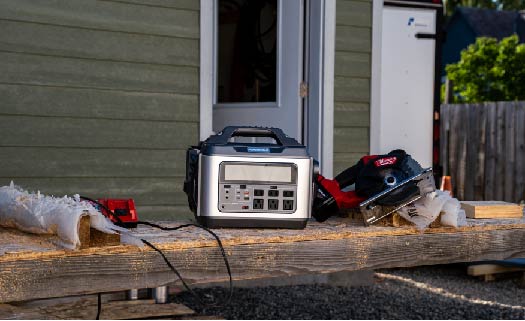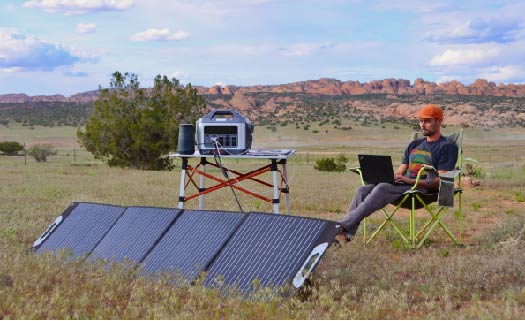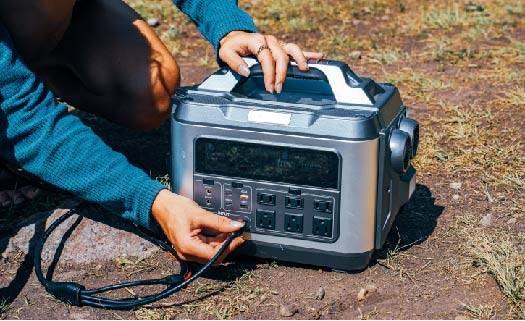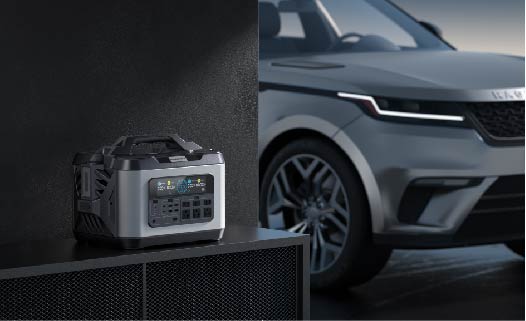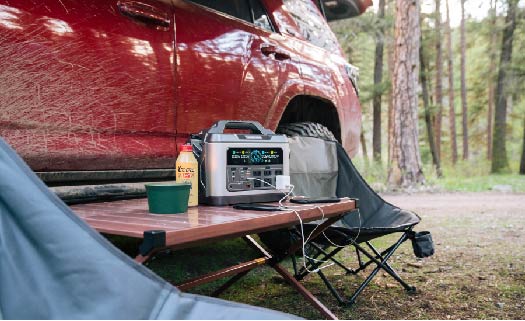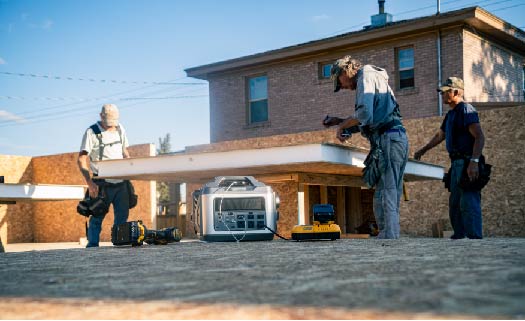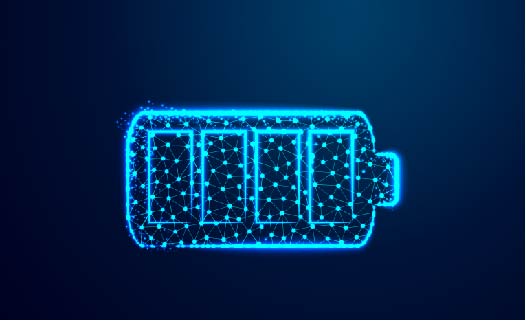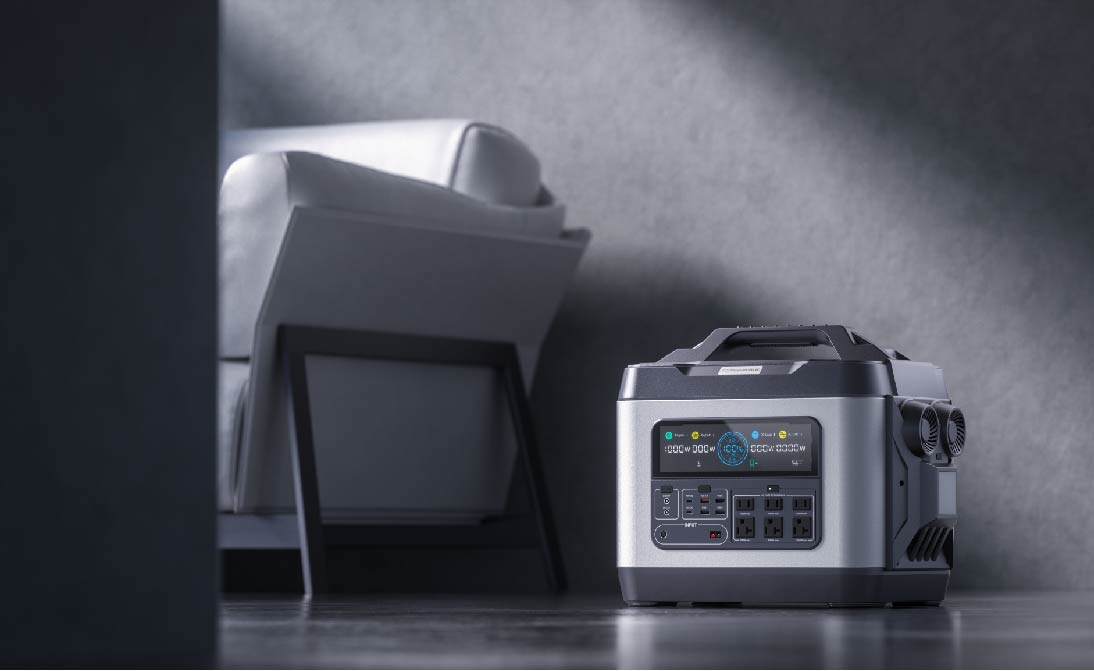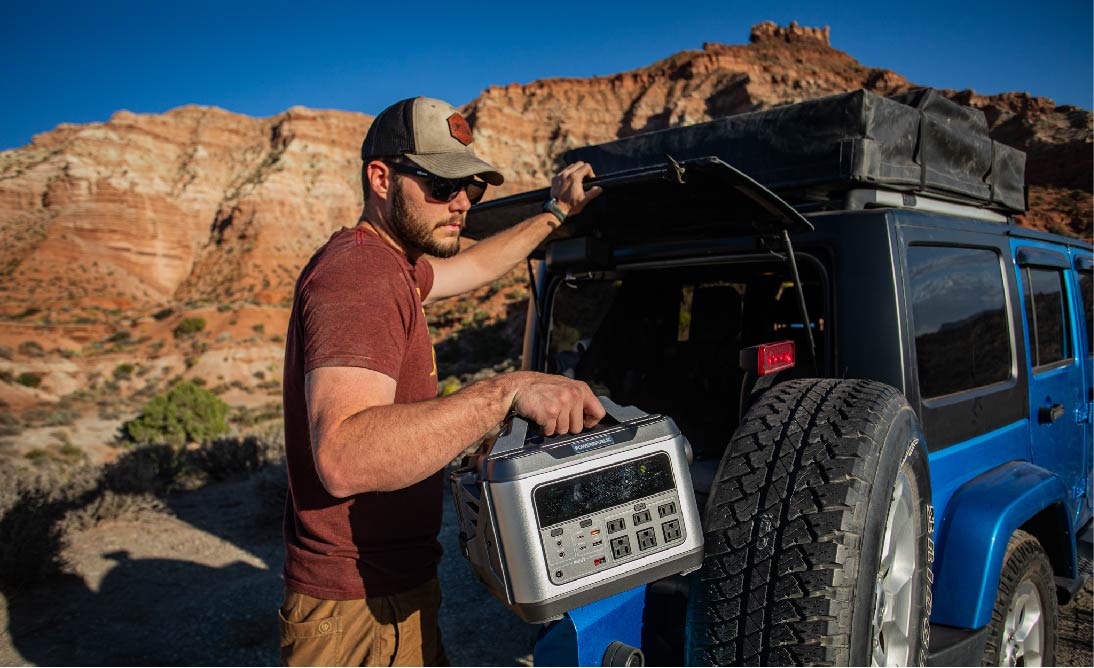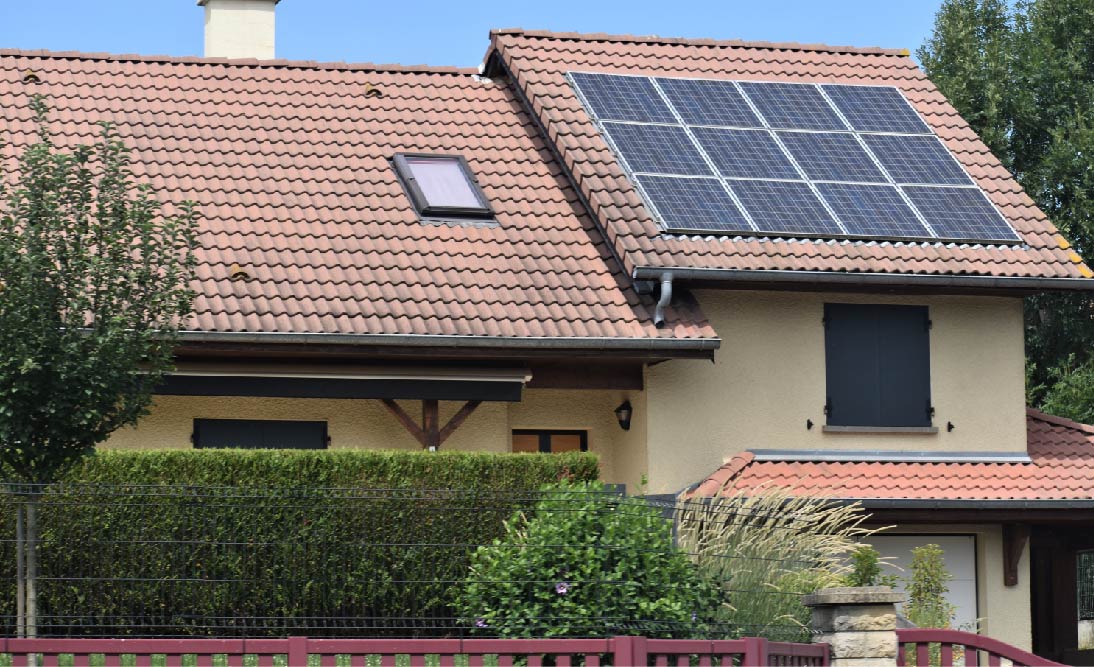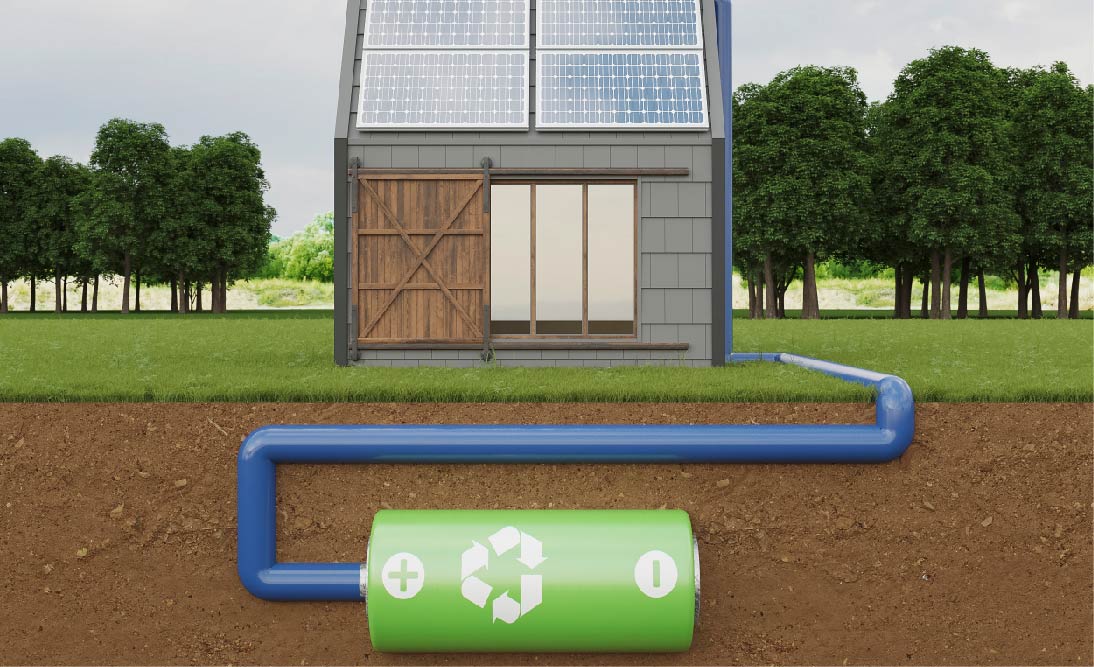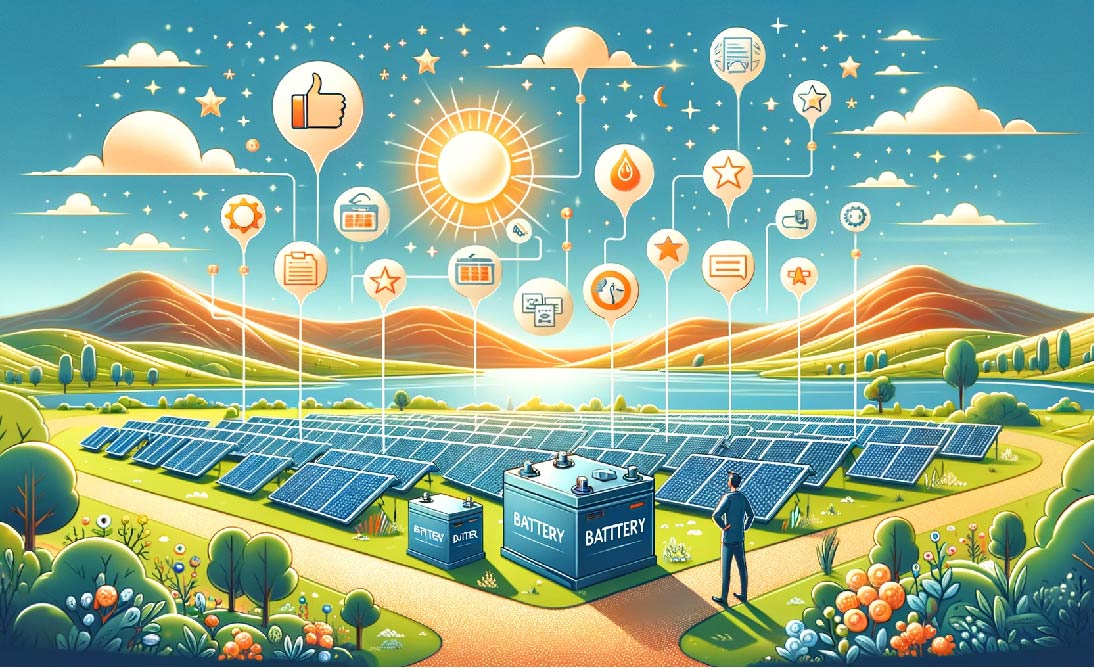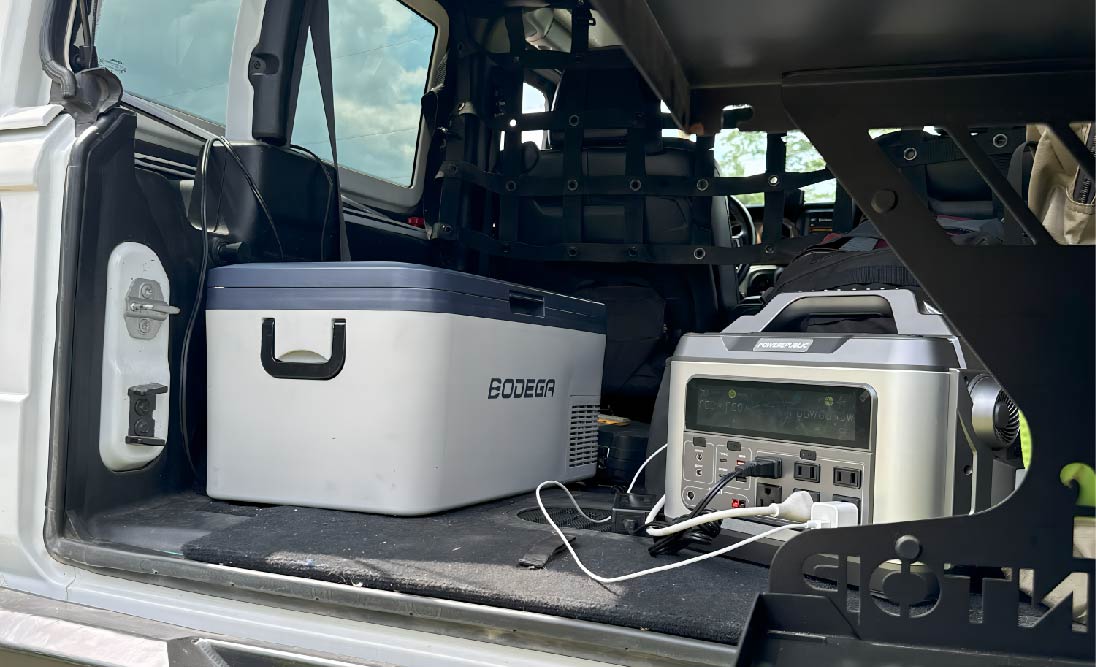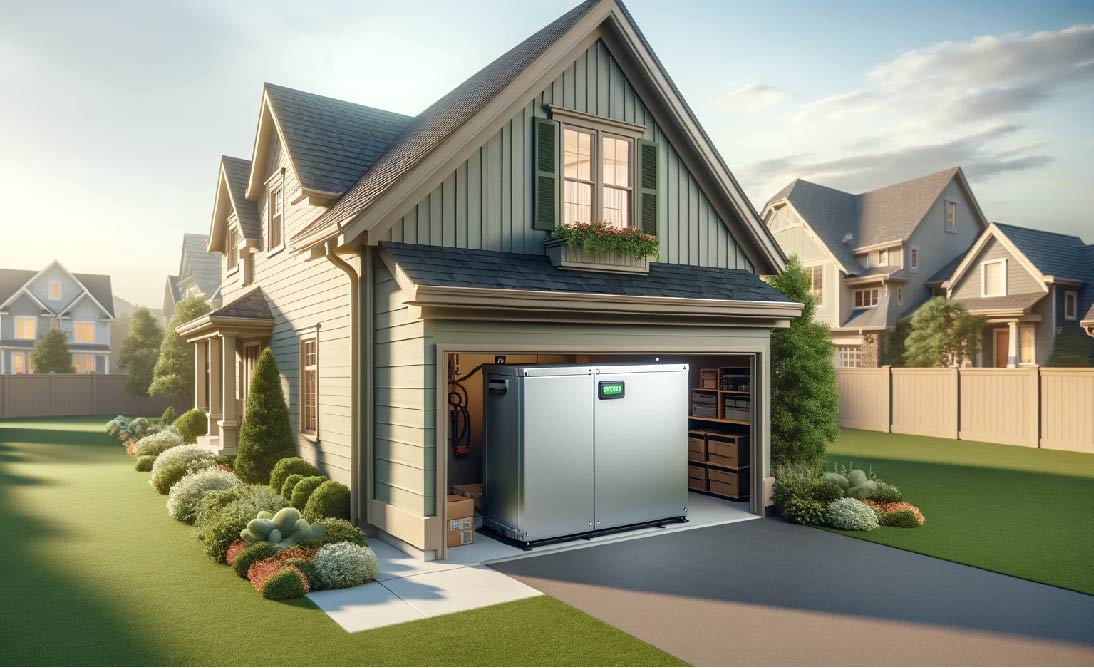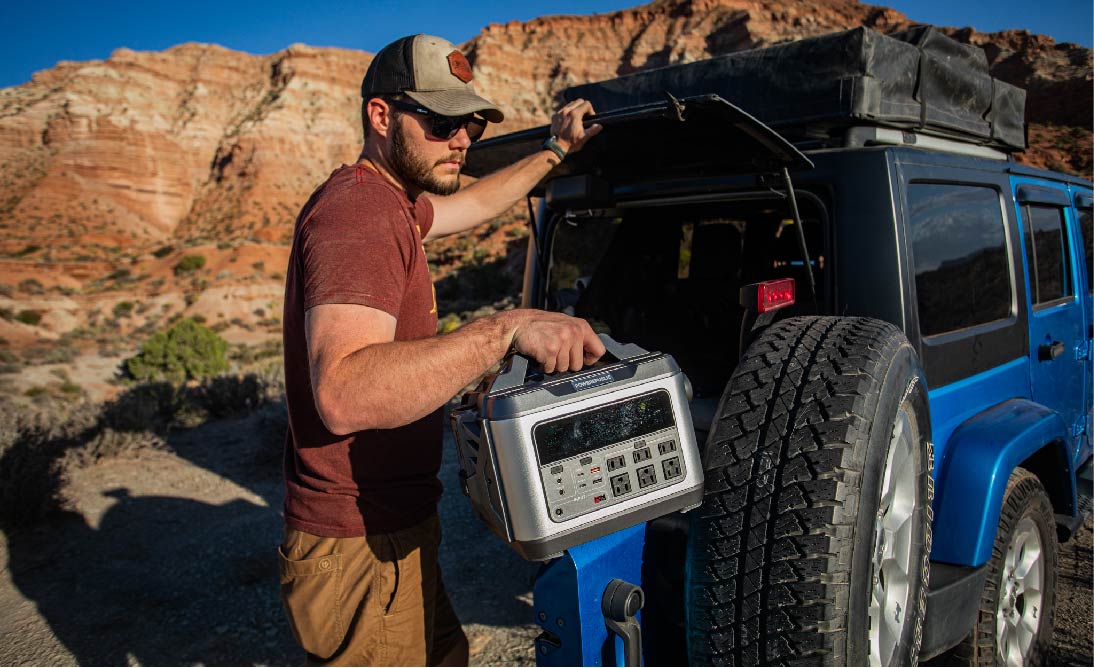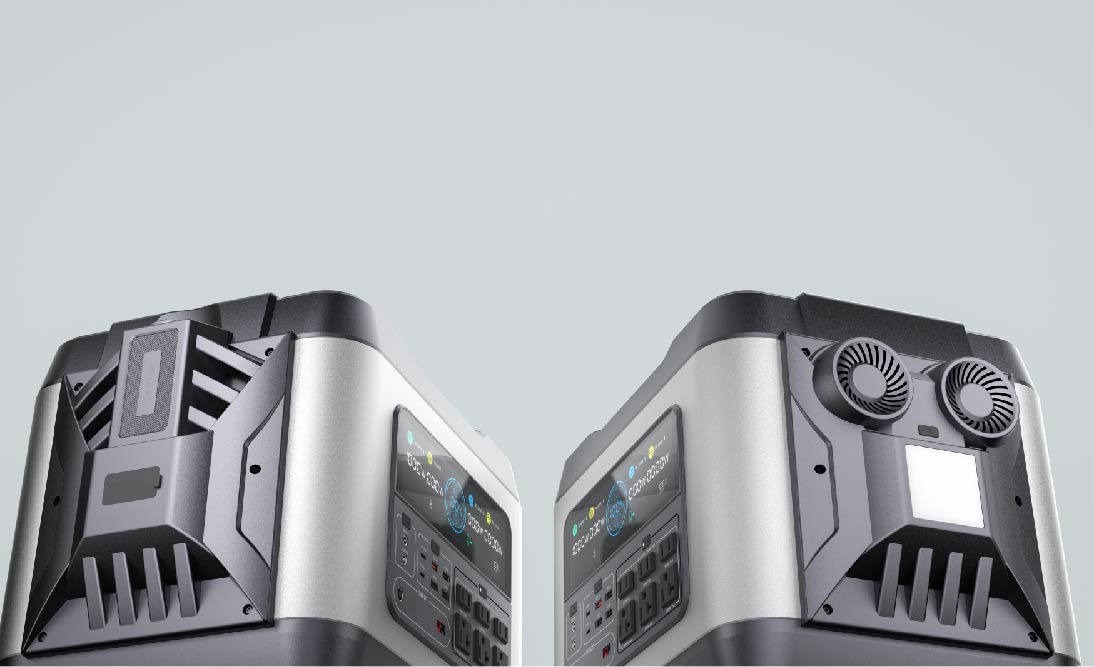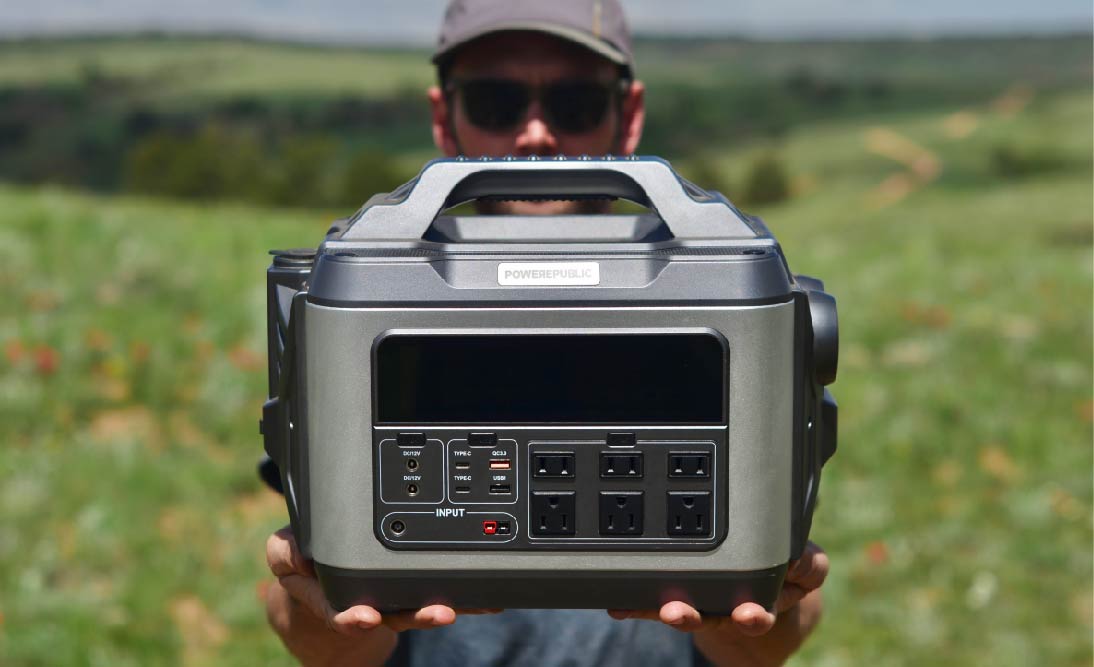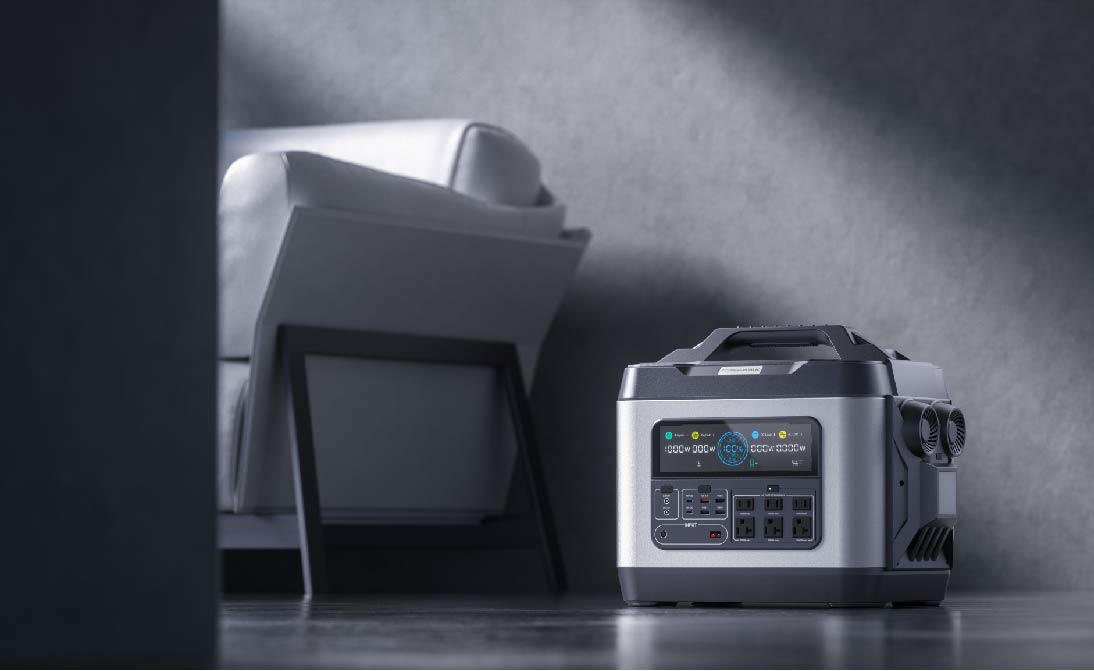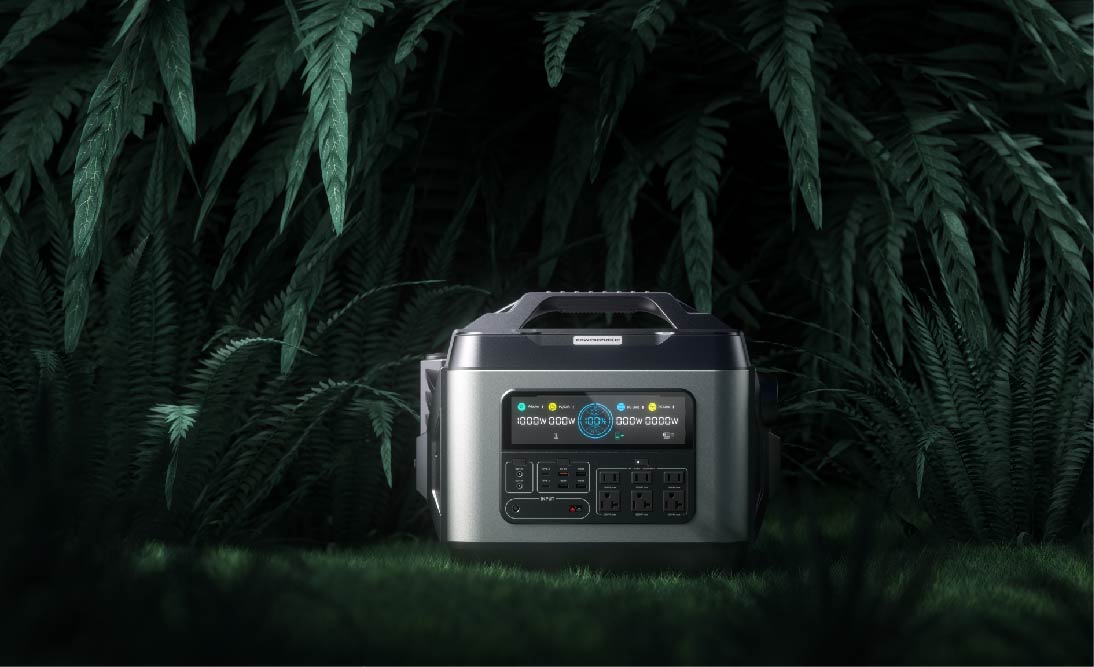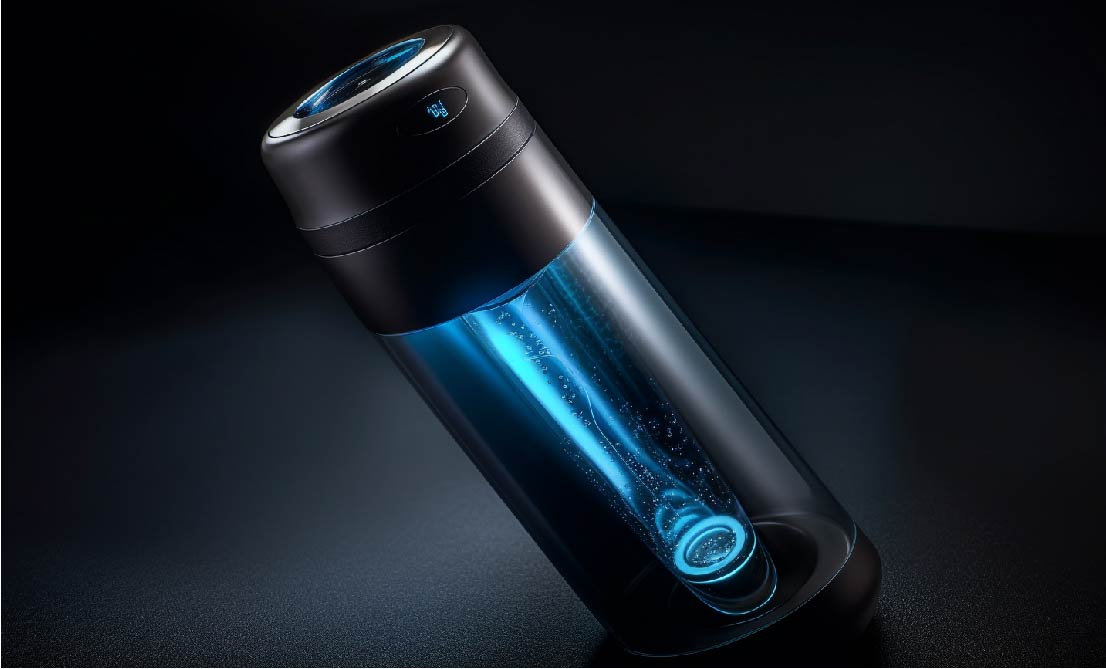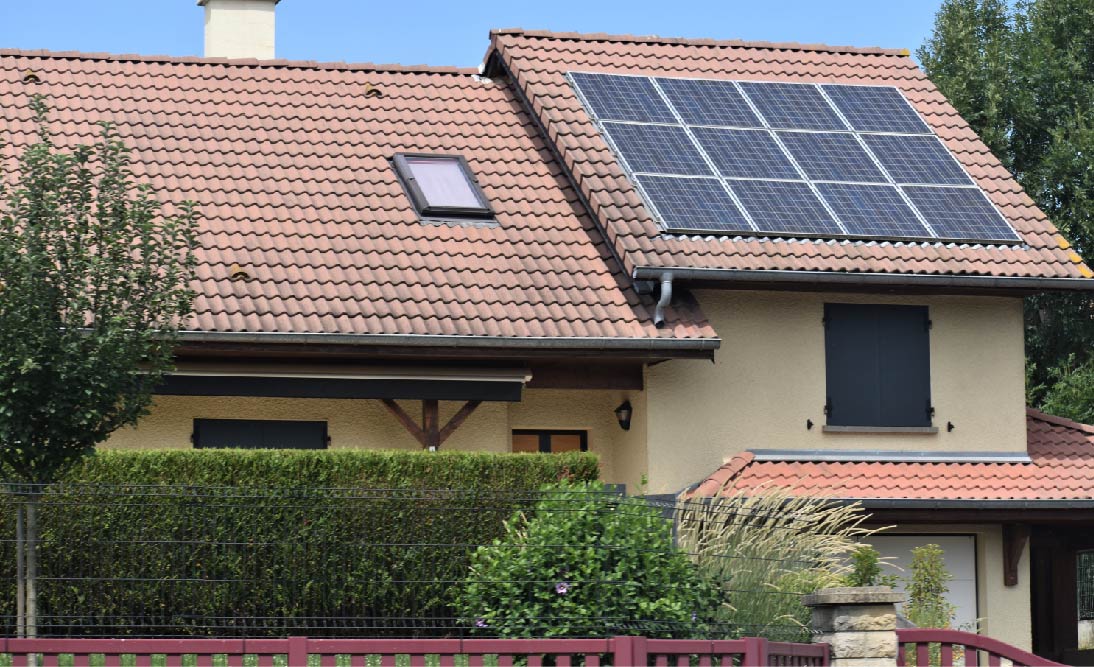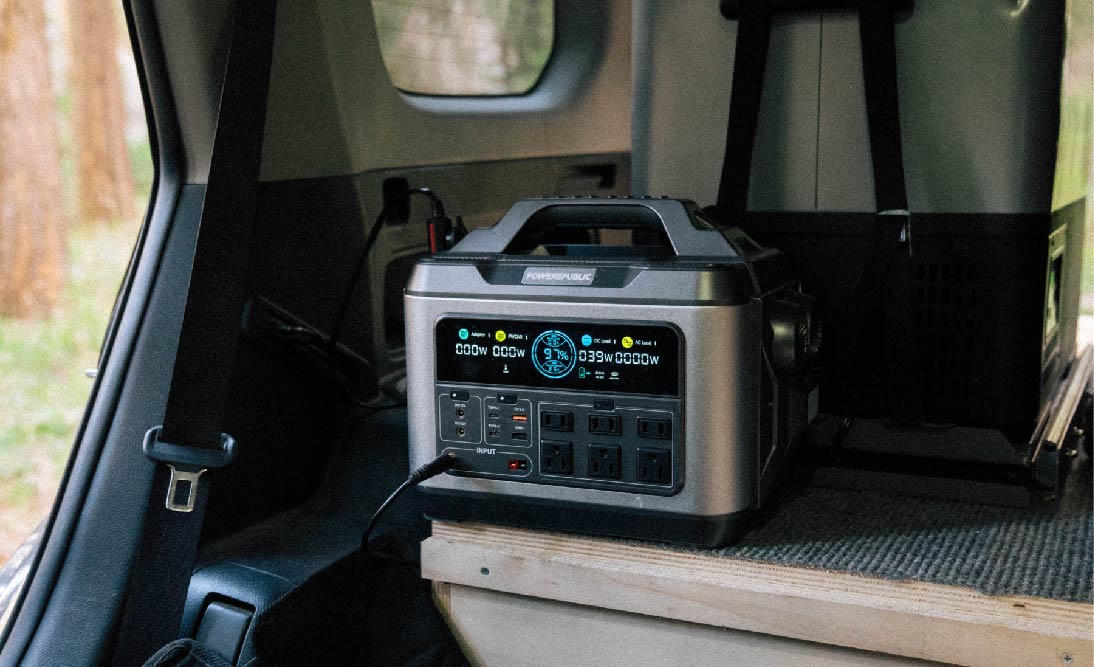Electricity conversions are vital for efficient energy systems, whether for household gadgets or solar energy setups. In this extensive guide, we'll delve into the correlation between watts, amps, and volts. We'll walk you through the process of converting watts into amps safely and accurately.
Understanding The Differences Between Watts, Amps, and Volts
To effectively harness electrical energy, it's crucial to grasp the fundamental concepts of watts, amps, and volts. Whether you're dealing with everyday devices or advanced renewable energy systems, having a solid understanding of these terms is essential.
Watts
Watts are the units used to quantify power in the International System of Units (SI). In simpler terms, they measure the rate of energy transfer or conversion. For instance, if a light bulb is labeled as 60 watts, it means it consumes or produces 60 joules of energy per second when it's in operation. Watts gauge how much electricity a device can utilize (consume) or generate (output) per unit of time.
Amps
Amps, often abbreviated as amperes, serve as the SI units for electric current. They indicate the flow rate of electrons passing through a circuit per second. Visualize it as water flowing through a pipe: higher amps signify a greater current flow. Amps frequently convey the capacity or limitation of an electrical device or circuit.
Volts
Volts quantify electrical potential or voltage. In simpler terms, voltage can be thought of as the "pressure" propelling the current through circuits. A higher voltage typically signifies greater potential power. However, it's essential to remember that both volts and amps together determine the actual power output, measured in watts. To provide perspective, consider volts as the water pressure in a hose that drives the flow of water (current).
Alternating Current (AC)
AC is characterized by the continuous and periodic reversal of the direction of electron flow. In AC, the electrons oscillate back and forth, changing direction many times per second. The voltage and current in an AC circuit follow a sinusoidal (wave-like) pattern.
AC is commonly used for electricity distribution in homes and businesses, as it is easily generated, transmitted over long distances, and transformed to different voltage levels. The standard frequency for AC in most countries is 50 or 60 Hertz (Hz), meaning the direction of current reverses 50 or 60 times per second.
Direct Current (DC)
DC is characterized by a constant and unidirectional flow of electrons. In DC, electrons flow steadily in one direction from the positive terminal to the negative terminal. The voltage and current in a DC circuit do not change polarity; they remain constant over time.
DC is commonly used in batteries, electronic devices, and some specialized applications where a continuous and stable power source is required. Unlike AC, DC is not suitable for long-distance power transmission without conversion.
How To Convert Watts to Amps?
Converting watts to amps is a straightforward process, and it's essential to understand this relationship when working with electrical systems. The formulas differ slightly depending on whether you're dealing with DC or AC power.
For DC appliances: Amps (A) = Watts (W) / Volts (V)
However, when working with AC power, especially single-phase AC, you should consider the power factor (the distinction between real power and apparent power) for a more precise conversion:
Amps (A) = Watts (W) / (Power Factor x Volts (V)
It's worth noting that different equations may be necessary for power sources other than DC or single-phase AC.
Let's break it down with an example: If you have a device that consumes 330 watts and operates on a 110-volt DC supply, you can calculate the current it draws using the formula: Amps (A) = 330 W / 110 V
In this case, the calculation results in 3 amperes. Thus, the device draws a current of 3 amps from the power source.
Final Thoughts
Comprehending the fundamental principles of watts, amps, and volts is essential when it comes to electrical measurements, especially in the context of solar power or backup solutions. Proficiency in converting between these units enhances your understanding of energy usage, system configuration, and equipment compatibility.
As you delve into your energy requirements, explore POWEREPUBLIC's array of products meticulously crafted for efficiency, user-friendliness, and dependable power supply. Explore our diverse range today to discover the ideal solution tailored to meet your specific needs!









